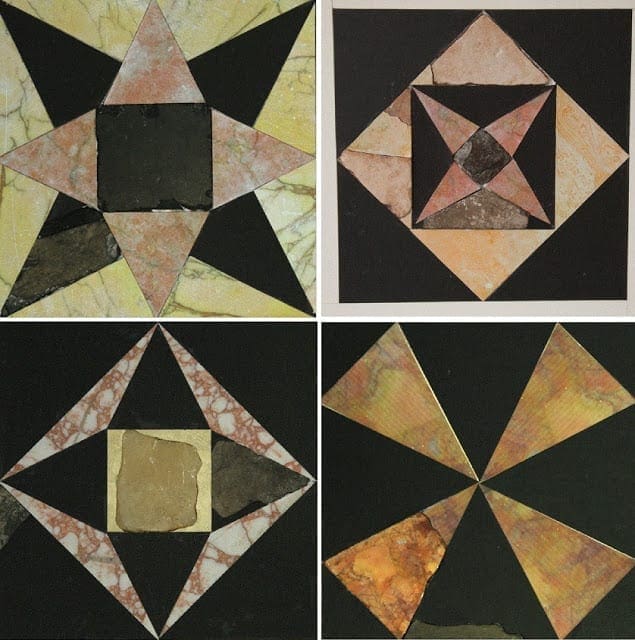 Back in 2011, I had the joy of taking participants on the Campbell University Divinity School‘s bi-annual trip to Israel and the West Bank to spend a few hours volunteering with the Temple Mount Sifting Project, a salvage operation in which volunteers sift through hundreds of tons of rubble illegally dug from the Temple Mount by the Muslim Waqf, which wanted to expand an underground mosque. The dirt and debris, no longer stratified but still containing valuable archaeological materials, was unceremoniously dumped into the Kidron Valley. Shortly after, Israeli archaeologists hauled most of the rubble to a site on the Mount of Olives, beginning what could be a decades long examination of the many tons of material.
Back in 2011, I had the joy of taking participants on the Campbell University Divinity School‘s bi-annual trip to Israel and the West Bank to spend a few hours volunteering with the Temple Mount Sifting Project, a salvage operation in which volunteers sift through hundreds of tons of rubble illegally dug from the Temple Mount by the Muslim Waqf, which wanted to expand an underground mosque. The dirt and debris, no longer stratified but still containing valuable archaeological materials, was unceremoniously dumped into the Kidron Valley. Shortly after, Israeli archaeologists hauled most of the rubble to a site on the Mount of Olives, beginning what could be a decades long examination of the many tons of material.
Much of the work has been done by volunteers, who take buckets of soil and rubble that have been filled with water to soften the dirt, then pour it onto a sifting table and wash it down with water from a hose, examining the material for ancient artifacts under the supervision of staff members.
Finds of various sorts are common — in the short time we were there, we found a couple hundred pieces of pottery, several pieces of marble that once paved the temple mount, cube-shaped tiles from floor mosaics, tiny glass tiles used for interior mosaics, fragments of frescoes that once adorned the walls of ancient buildings, even some small pieces of metal or bone. Alas, the only coin we found was a modern one, a tenth of a New Israel Shekel. Above, a staff member uses a display table to date artifacts we uncovered.
The sifting project recently made the news for two reasons. First, according to the daily news site Israel Hayom, the discovery of something that hardly needed a sifter: from one of the piles of rubble, participants found a large capital (the top of a column) believed to have come from the eastern colonnade of the temple complex, often called “Solomon’s Porch.” Lead archaeologist Gabriel Barkay announced that the capital had a circumference of 75 centimeters (about 30 inches) and would have topped a column about 41 feet tall, if Jewish-Roman historian Josephus’ claim of 25 cubits is accurate.
Can you imagine? A piece of architecture from the very portico where Jesus preached, according to John 10:23. Barkay described the scene to Israel Hayom this way: “The columns were erected in two parallel rows, and were topped with cedar rafters that supported the roofing. One can imagine the pilgrims arriving at the Temple Mount for the three major festivals, amazed at the immense structure that appeared before them after they passed through the gates to the Temple Mount into the plaza that surrounded the Temple. The columns around the plaza provided shade for the thousands of visitors that would be on the mount at once.”
Wow. Now, can you imagine this — the second bit of news is that due to a lack of funding, the project recently was shut down. Piles and piles of rubble remain unexamined: will funds come through for further sifting?
Apparently the Israeli government won’t be sponsoring the project, despite its potential for discovering more treasures from the temple mount, such as these decorative paving tiles (below) that were recently restored.
To keep the project active, leaders have organized a crowdfunding effort at GiveBack. They’re trying to raise $250,000 Israeli shekels (about $68,000) by the end of May and are currently 69 percent to the goal. You may never have a chance to sift through buckets of mud that might contain rare seals or bits of mosaic, but you could support the project if you wish, and serve as an armchair archaeologist. The cost of a few fast-food meals might lead to an amazing discovery!




